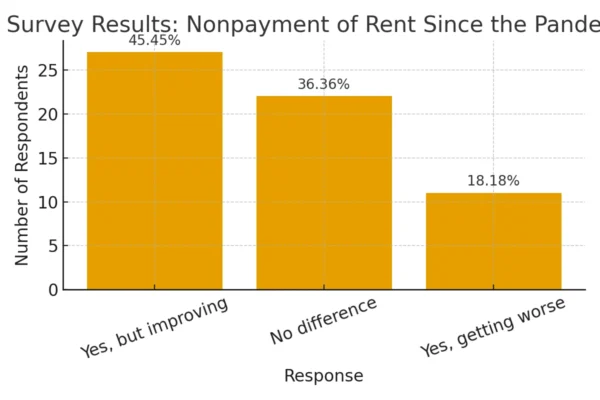Do`s and Don`ts of Deck Cleaning
by Paul Bianchina
Some common strategies can do more harm than good
 A wood deck represents a sizable investment, and keeping it well maintained is an important part of every homeowner’s to-do list.
A wood deck represents a sizable investment, and keeping it well maintained is an important part of every homeowner’s to-do list.
A clean deck not only helps showcase that backyard centerpiece, it prepares the wood to receive the surface coatings that are necessary to help your deck fight off the elements.
First, a couple of cleaning “don’ts“:
Pressure washing: While it’s definitely important to remove surface dirt from the deck, pressure washing may not be the best way to do that. A pressure washer is easy to misuse when you’re working on softwood lumber such as cedar, redwood or pressure-treated fir.
The concentrated force of the water jet can erode the soft cells and fibers of the springwood portion of the wood, which is located between the harder, darker bands of summerwood. The result is a wavy wood surface and the potential for splintering that can actually shorten the life of the wood. A lighter spray from a garden hose combined with a medium-bristle push broom is typically a better choice.
Household bleach: These types of common laundry bleaches — typically sodium hypochlorite — are very effective at killing mildew, but they do virtually nothing to remove dirt, and can do more harm then good on your deck.
Household bleach will remove some of the wood’s natural color, leaving it with an unnatural and unattractive whitish or grayish tone, and can also cause the wood’s surface to become somewhat fuzzy, which is not only unattractive, it also opens up the wood pores for more dirt to enter. Instead of bleach, stick with a cleaner made specifically for decks.
SPECIALIZED DECK CLEANERS
In the last 10 years or so, a number of specialized products designed specifically for deck cleaning have appeared on the market. Most of today’s cleaners are not chlorine-based, making them both safer and easier to apply, and much better for your deck’s wood.
Oxygen-based bleach: Specialized deck-cleaning compounds typically contain sodium percarbonate, which is also found in many color-safe laundry bleaches. Sodium percarbonate is a powder that mixes with water to form hydrogen peroxide and sodium carbonate, both of which are very effective at removing gray weathering residue as well as mildew, dirt and other discolorations. Properly applied, oxygen-based bleach products will go a long way toward restoring your wood deck’s original appearance.
Cleaners containing sodium percarbonate are effective on most types of common decking woods, and will also work on pressure-treated fir, pine and hemlock.
Oxalic acid-based cleaners: Another common problem with cedar, redwood and certain other species is a natural resin in the wood called tannin. Tannins, which are water soluble and a reddish-brown in color, can migrate to the surface of the wood and be deposited there, leaving dark brown discolorations. Tannins can also react with the metal in the fasteners that secure the deck boards, resulting in dark, blue-black stains that can really mar the appearance of the wood.
Oxalic acid-based cleaners are very effective on tannin and iron stains, turning them virtually colorless. Oxalic acid, however, will not clean mildew and some other types of stains, so if tannin is a problem look for a cleaner that is formulated for all types of cleaning — tannin, dirt and mildew — or use a general-purpose cleaner first, followed by an oxalic acid cleaner specifically for the tannin.
Specialized deck-cleaning products are available at most home centers, lumberyards, paint stores and other retailers. When using any cleaner, always carefully read and follow the manufacturer’s specific instructions for application, cleanup, proper tools and protective clothing.
Remodeling and repair questions? E-mail Paul at [email protected].
Copyright 2009 Inman News
See our feature, Deck Stains: Aesthetics vs. Durability.
Share your insights by commenting below. For questions about our blog, contact our editor at [email protected].American Apartment Owners Association offers discounts for landlords on products and services related to your rental investment, including real estate forms, tenant debt collection, tenant background checks, insurance and financing. Find out more at www.joinaaoa.org.
To subscribe to our blog, click here.













 Accessibility
Accessibility